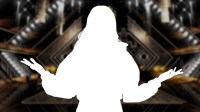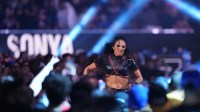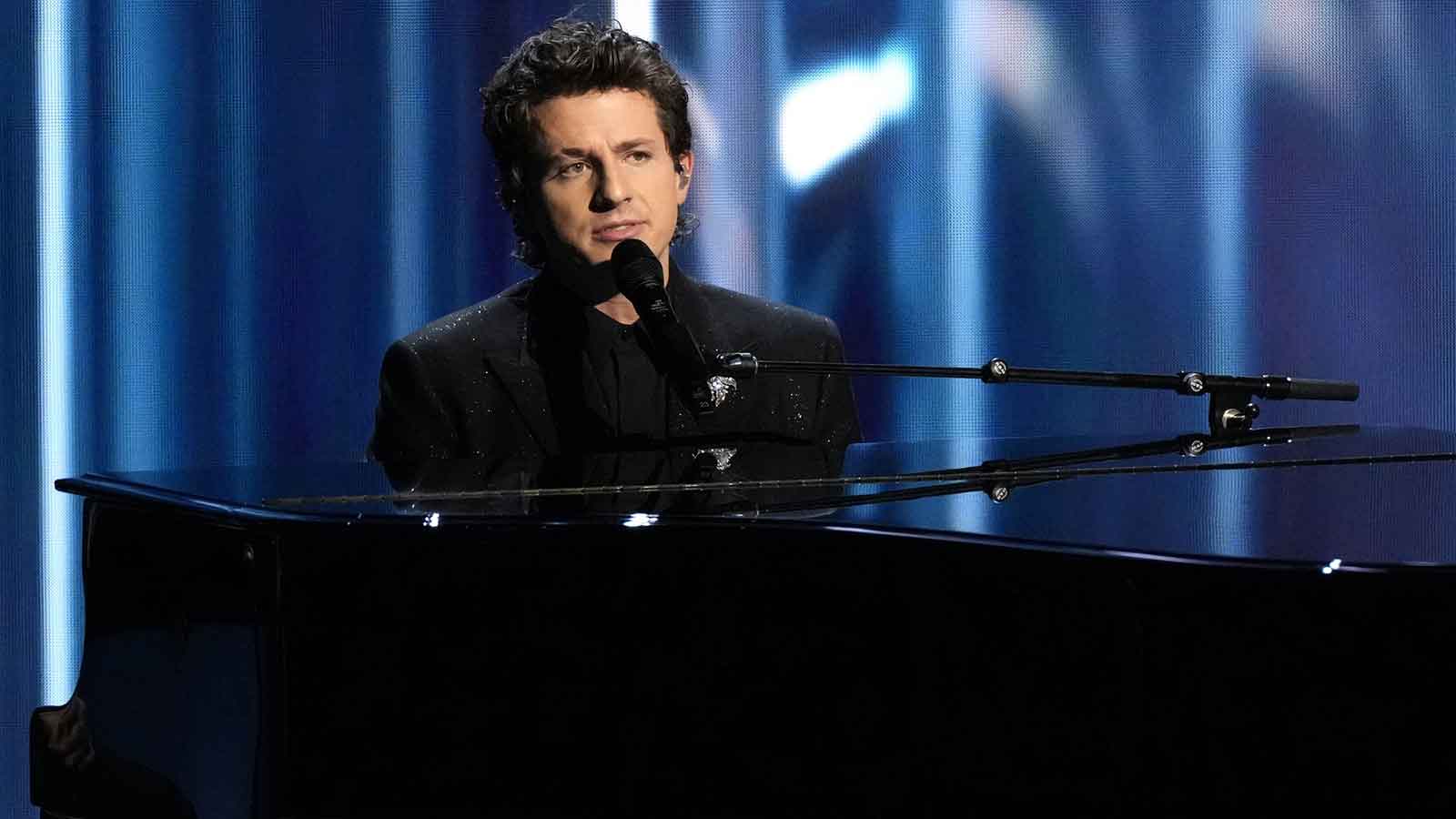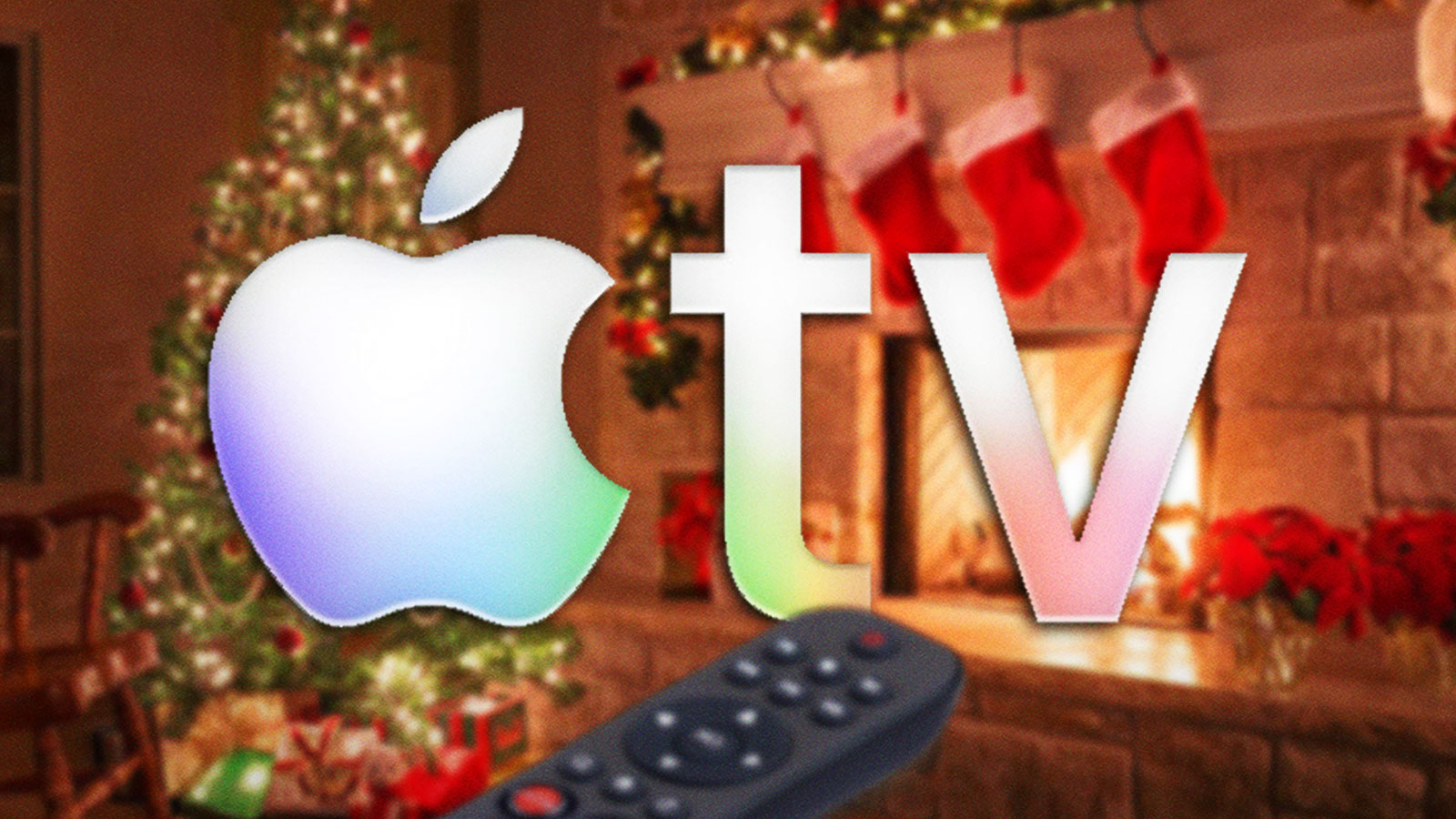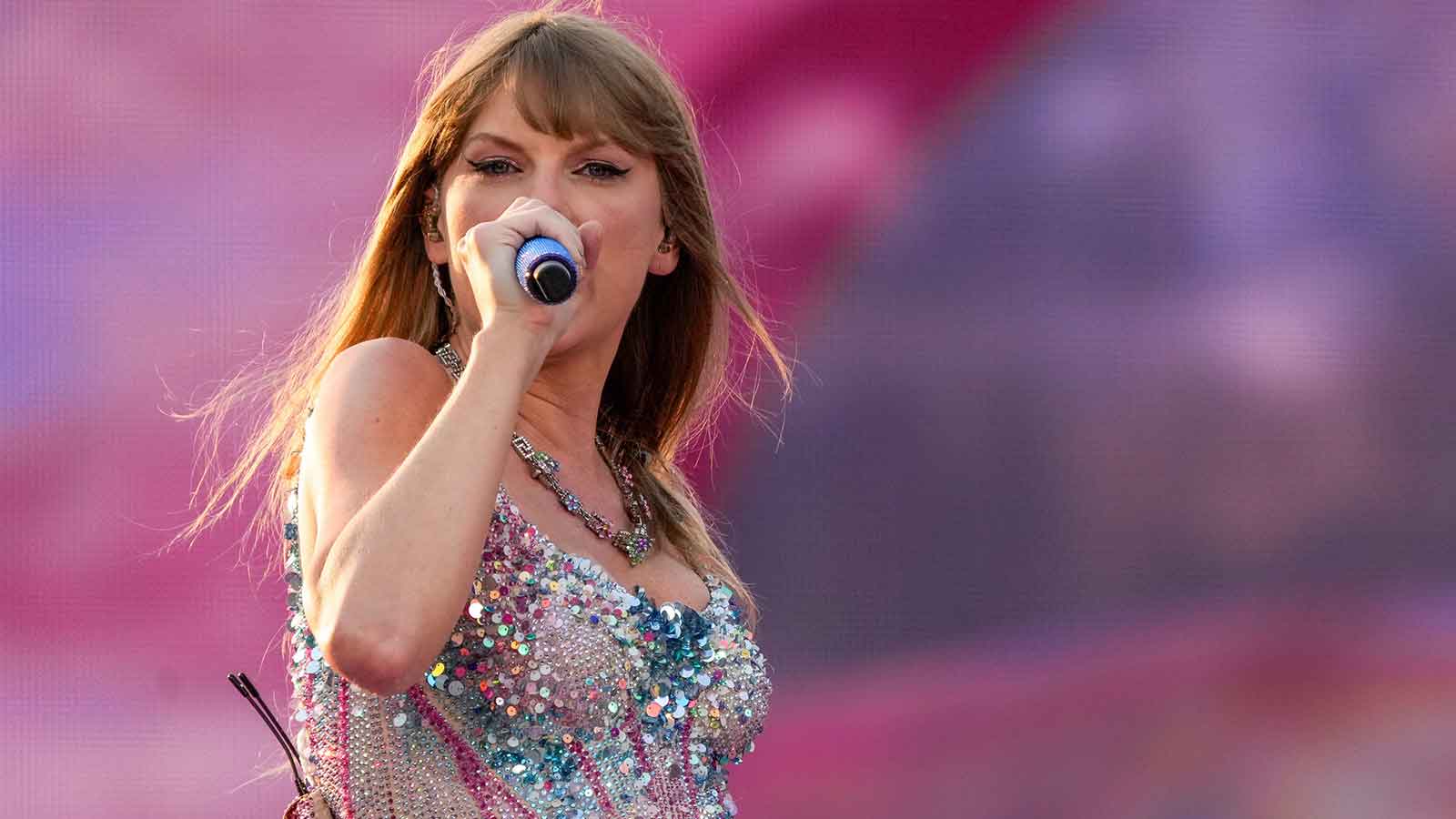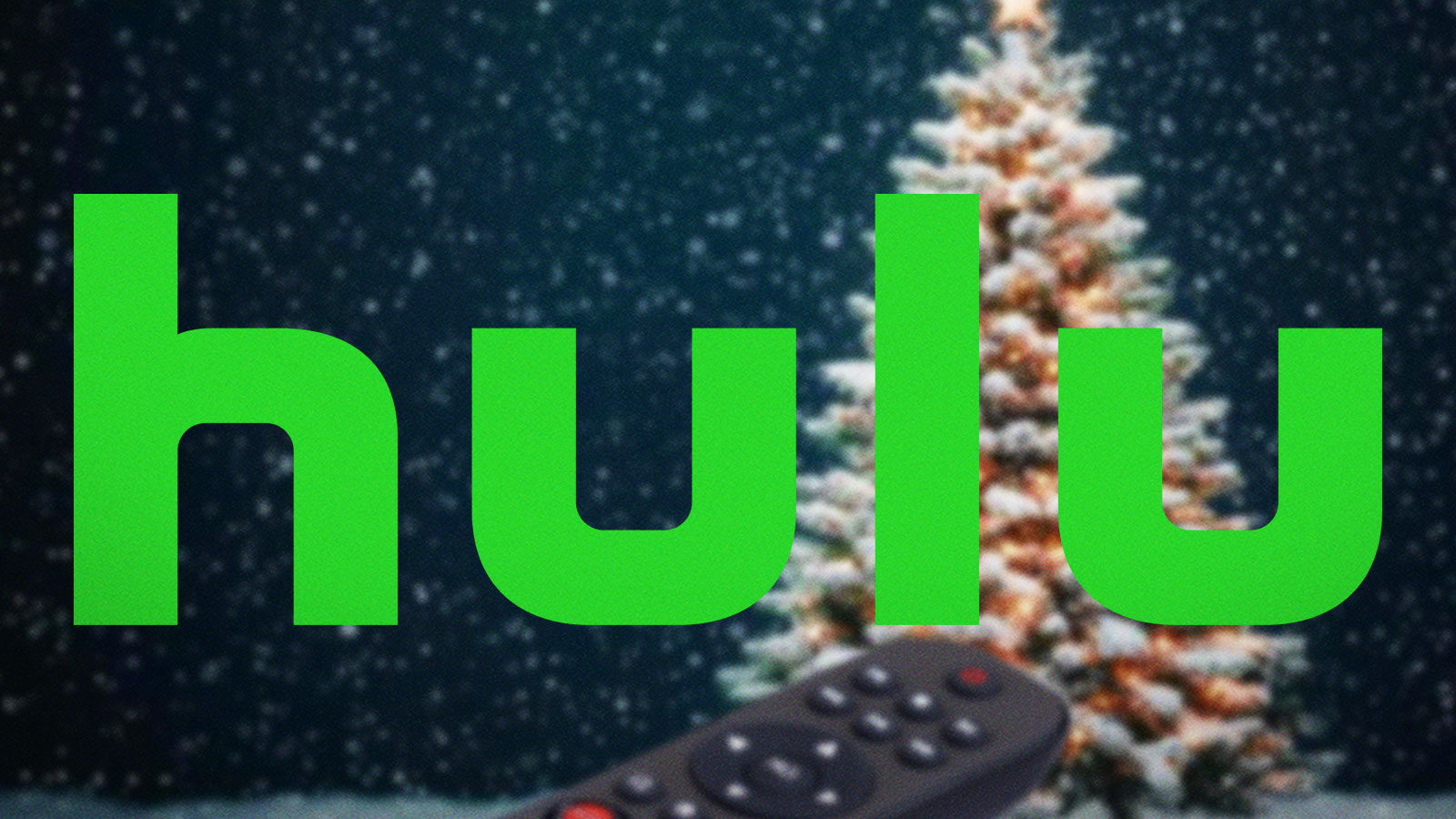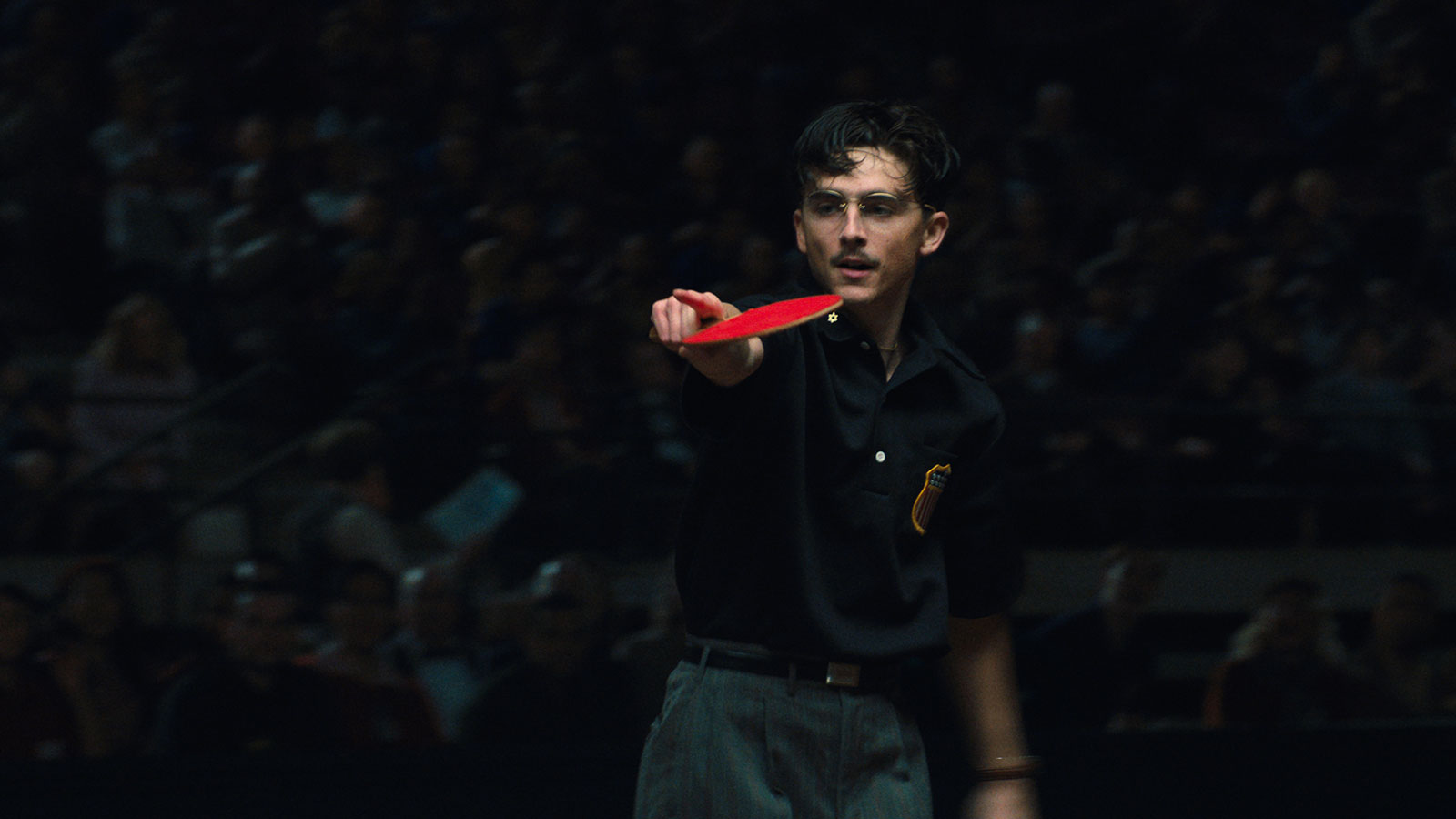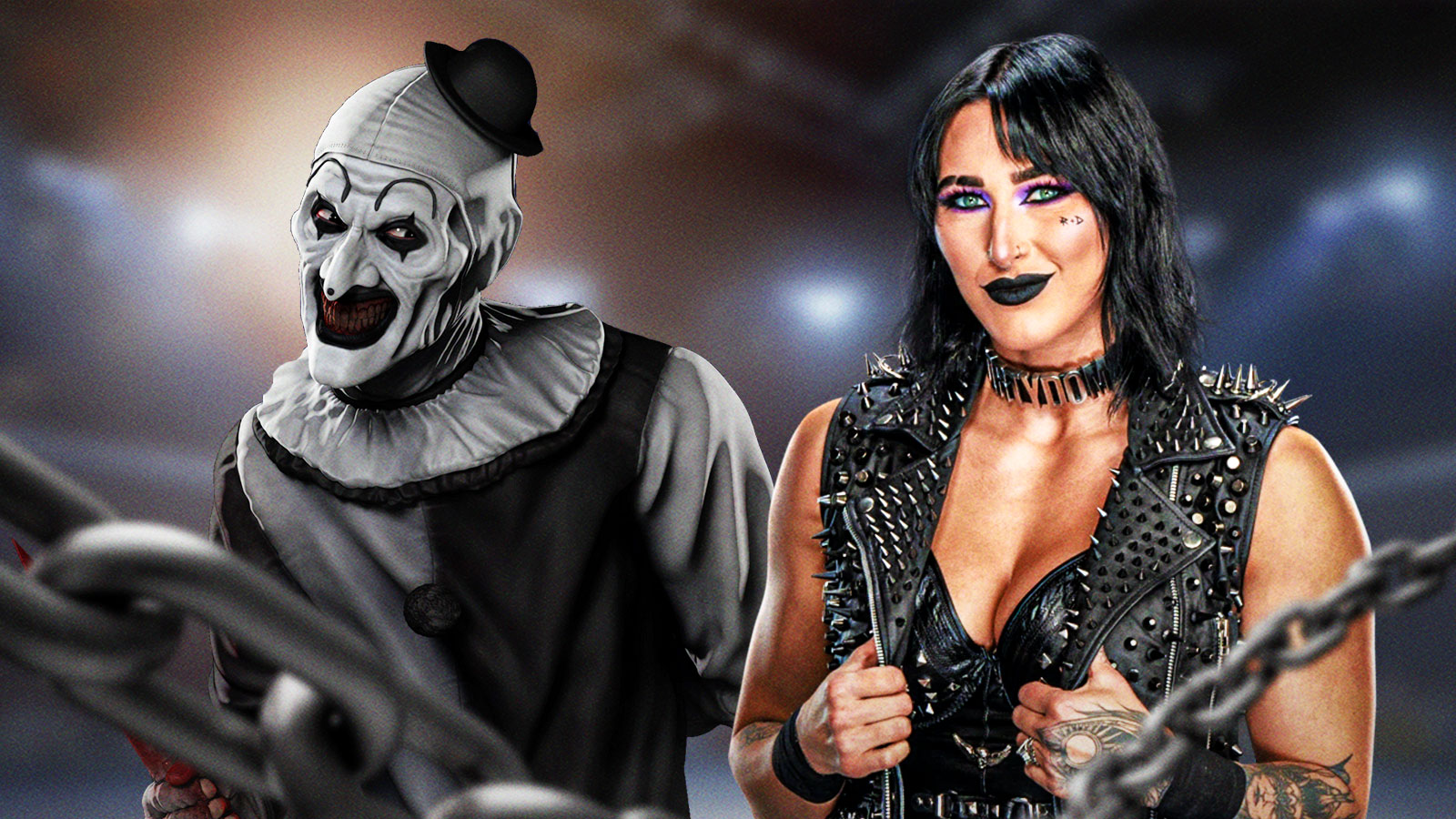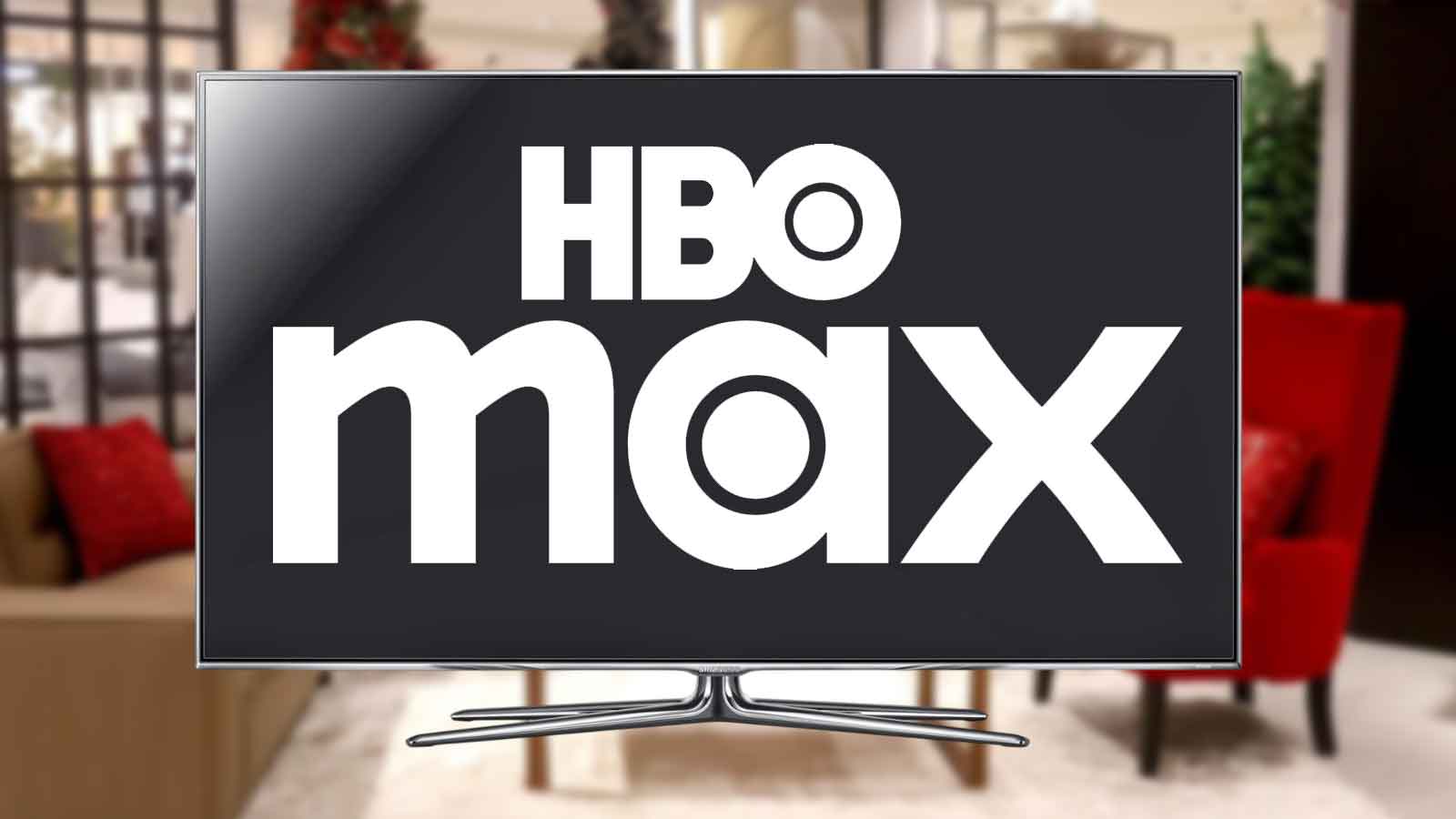Once thought of as Hayao Miyazaki's final film, The Boy and the Heron is another introspective masterpiece.
We have been fooled twice now. The Wind Rises, the Studio Ghibli icon's previous retirement film, was equally introspective and beautiful. But at this point, it's best to assume that Miyazaki is not “f**king leaving,” to quote Leonardo DiCaprio's Jordan Belfort.
And why would he? Even at 82, Miyazaki is at the top of his game. Sure, it may take him a few more years to make each film, but the man won't stop until he is no longer with us. After more than a dozen masterpieces, he's still got it. The Boy and the Heron is his most vulnerable film, though, which is a large part of its success.
The Boy and the Heron review

The Japanese title of The Boy and the Heron reads How Do You Live? It's taken from the 1937 Japanese novel of the same name, a book which Miyazaki's mother gifted him as a child.
During the war, Mahito Maki (Soma Santoki) loses his mother in a hospital fire. As the flames rage on, Mahito attempts to rush in, but to no avail. His father, Shoichi (Takuya Kimura), marries his late wife's sister, Natsuko (Yoshino Kimura). It's a familiar story as the young Mahito attempts to adjust to this change.
While at his new house, Mahito encounters a talking grey heron (Masaki Suda). The heron eggs him on to the point that Mahito follows him. This is where he discovers an abandoned tower on the estate. Eventually, he is lured in where he encounters a fantastical world.
A simple story
Leave it to Miyazaki to effectively tell this story. Unlike some of his other films, The Boy and the Heron takes its time reaching the fantastical world. He spends time developing Mahito's story, as he is driven to isolation by his new circumstances.
Perhaps this is due to Mahito being a reflection of himself — Miyazaki knows the story he's attempting to tell better than anyone, after all. Surely, some of his other characters have represented him in some way.
Once in the fantastical world, though, The Boy and the Heron reaches an epic scope that only Miyazaki is capable of getting to in the animated medium. He meets Kiriko (Ko Shibasaki), who has a connection to the boy in the real world, and the two embark on a mission to find Natsuko.
Like most Studio Ghibli films, The Boy and the Heron places more emphasis on its themes than story. It falls somewhere between a My Neighbor Totoro, which is an adorably breezy story, and Spirited Away, which has layers upon layers.
The biggest overarching character arc is Mahito's, who goes through a journey of discovery in the film as he learns to trust others and love again. It's easier said then done — especially when your father marries your aunt or you're being tormented by a talking grey heron.
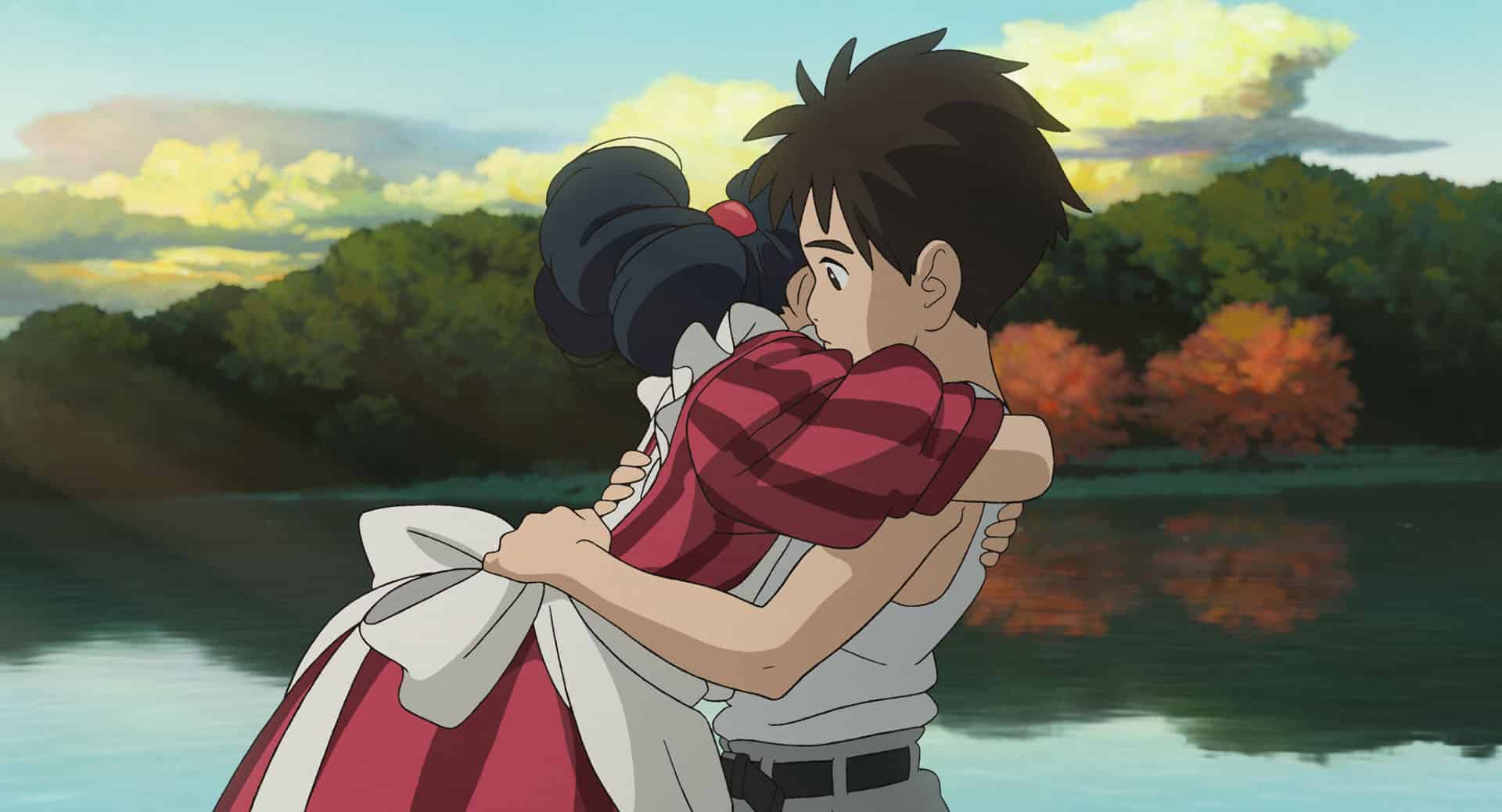
Miyazaki's most mature film
A simple plot isn't a bad thing, though, as The Boy and the Heron may be Miyazaki's most mature film. It's certainly his most personal film, as the legendary filmmaker seeks to speak to his mom through the film. No spoilers, but Mahito meets someone very important to him while in the fantasy world (think Back to the Future).
There are bigger themes being touched on as well. Miyazaki is known for his environmental motifs in his Studio Ghibli films. The way we treat nature and animals is always a big overarching theme of his films. If The Wind Rises showed a man who was powerless against the changing tides of life, The Boy and the Heron shows a boy given the chance to hold the fate of the world in his hands and create a world full of peace.
We all reach a time where we meet our maker — some earlier than others. The fantastical world Mahito visits is filled with the spirits of those lost.
Stellar animation (as expected)
As expected with any Miyazaki joint, The Boy and the Heron is nothing short of stunning. While it has only been a decade since his last feature, technology has evolved. Of course, his latest film features his signature hand-drawn style, but there's a crispness that comes from a decades-worth of technological advances.
Motion is smoother than it has ever been, and The Boy and the Heron has some imagery that would be terrifying in live-action form. For one thing, I think The Boy and the Heron has more blood in it in the first 10 minutes than any of Miyazaki's films since Princess Mononoke.
But there are also sequences that are reminiscent of the likes of Alfred Hitchcock's The Birds and something out of a David Lynch film. At different points in the film, Mahito is swarmed by insects, frogs, and birds. All of the instances are equally suffocating, and are a welcomed change for Miyazaki's film.
Joe Hisaishi's score
Joe Hisaishi's work with Miyazaki dates back decades. He has always found a way to create a unique sound for each of Miyazaki's films. His score for The Boy and the Heron is no exception.
It's a far more eerie score than what Hisaishi usually brings to the table. Unlike the whimsy that takes over Kiki's Delivery Service or the somberness of Spirited Away's score, The Boy and the Heron's score is filled with single piano notes. Hisaishi's score haunts the background of the scenes.
That's not to suggest that Hisaishi's score here has no whimsy or fun. Once in the fantastical world, a familiar sounding score more in line with some of his other Studio Ghibli works is heard.
Should you watch The Boy and the Heron?
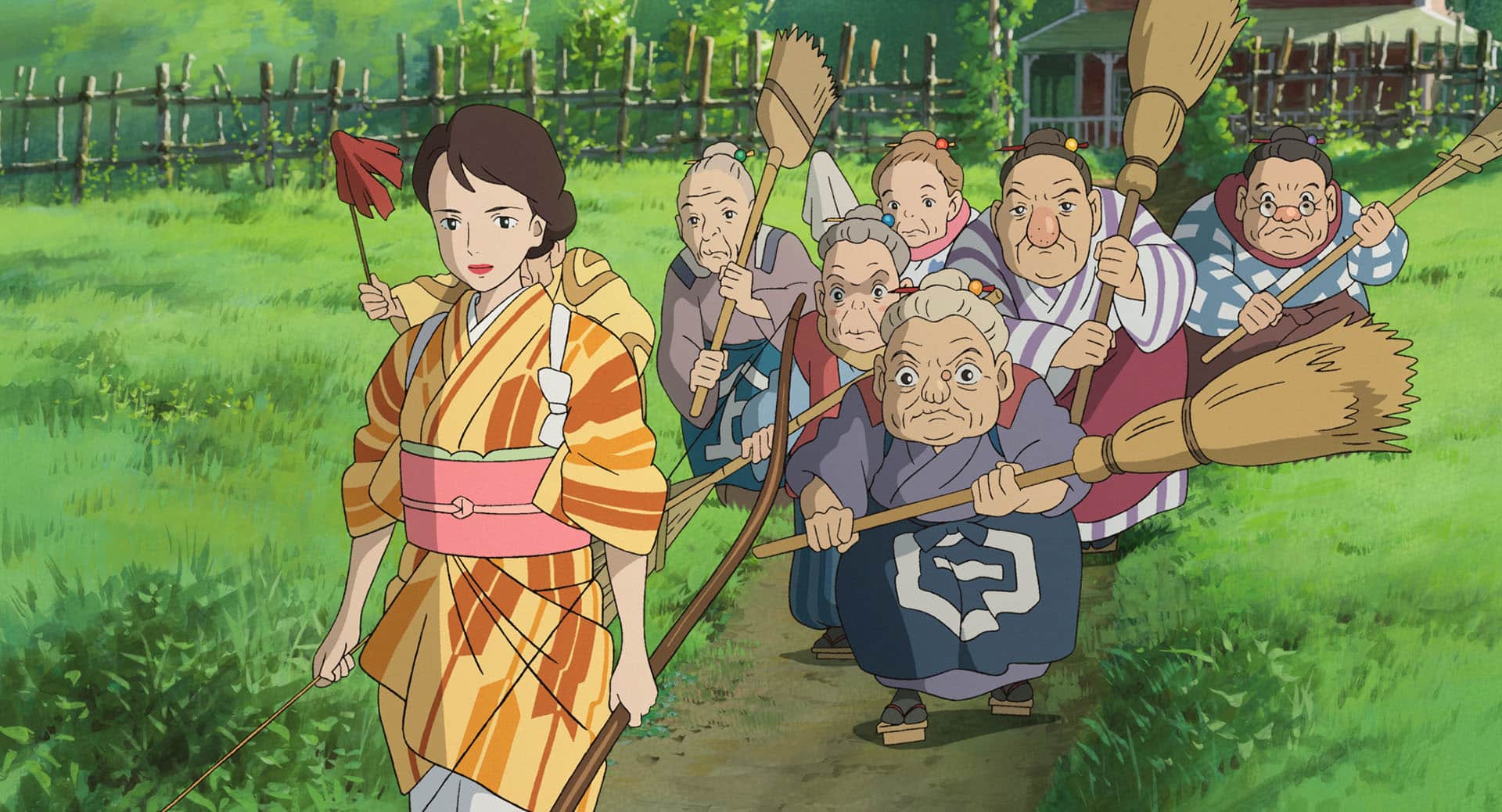
The Boy and the Heron is the latest triumph for Hayao Miyazaki. The more it settles, the more impactful it becomes.
As he reaches the twilight of his career, Miyazaki is only becoming more introspective. The Boy and the Heron is extraordinarily personal for him, and that vulnerability allows viewers to go an extra level deeper than usual.
The Wind Rises seemed like a final destination for Miyazaki. But The Boy and the Heron feels even more fitting for his swan song (though it doesn't appear that he will give up filmmaking anytime soon).
Grade: A-
The Boy and the Heron will be released on December 8.




